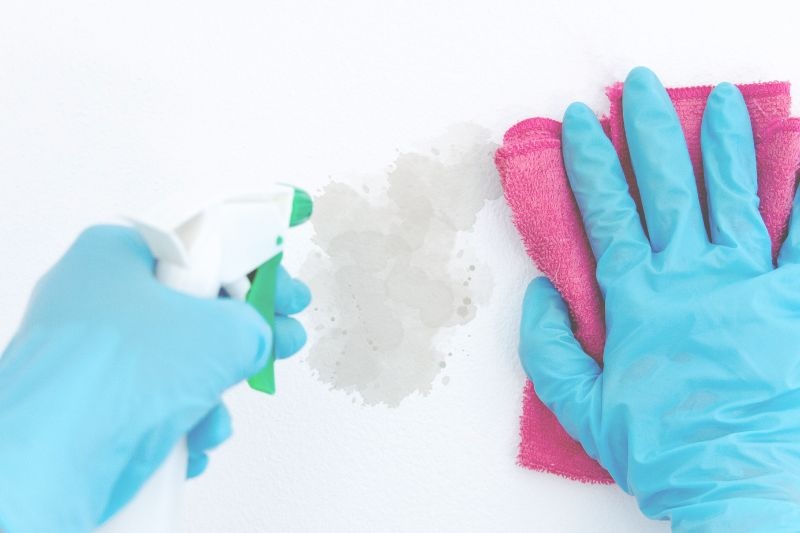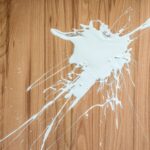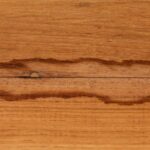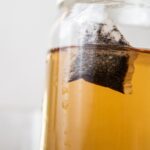Whether it’s the sofa scuffing the wall over time, an accident with some splattered food or a mysterious mark which no one will own up to, marks on the wall are bound to occur, but how do you remove them?
Certain paints will clean better than others and certain marks will be easier to remove than others, so what’s the best practice to remove marks from walls without damaging the paint?
Start Small
Depending upon the size of the mark, always do a spot test clean to make sure you don’t spread the mark or damage the paint.
You don’t want to go straight in scrubbing a large mark only to find that you discolour a huge patch on the wall and make that mark into a huge, irreversible stain.
What Kind of Paint Is It?
If you know what type of paint you have used on the marked wall, this will help when it comes to cleaning it.
There are paints specifically designed to be hard-wearing, which are usually used by tradespeople, kitchen or bathroom paints.
More often than not, a matt or silk emulsion will be used across most of the wall. You have to be careful with water-based and chalky finish paints as marks can be worsened by applying damp or wet wipes/cloths.
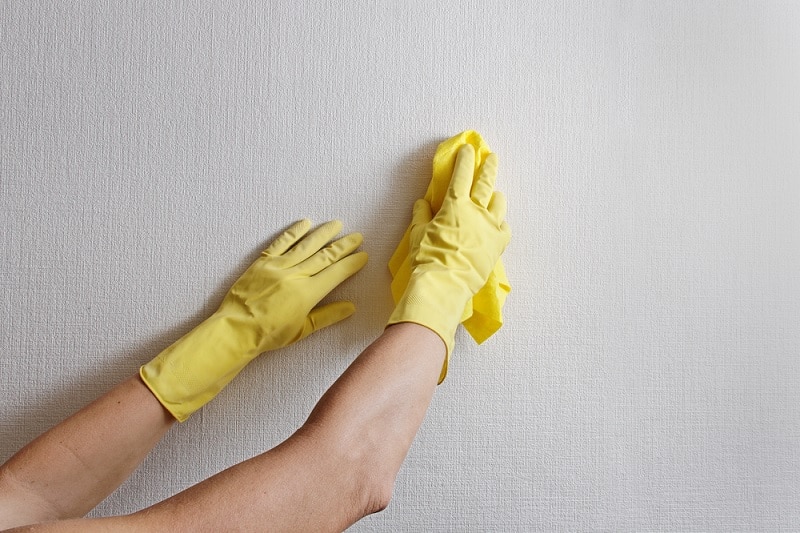
Should You Use a Wet or Dry Cloth?
When you think of cleaning a mark from a wall you may wonder whether a damp cloth or wet wipe will make the mark worse.
If you have any doubts, try lightly wiping the mark with a clean, white, dry cloth to see if anything comes off.
Another option is a simple pencil eraser which might just do the trick, so if you have a new clean one, then test a small area to see if the mark comes off.
Crazy Tip: Use a new, clean tennis ball to get rid of scuff marks, just rub lightly over the mark and watch the magic happen!
If dry cleaning isn’t working, try a simple clean sponge in warm water, baby wipe or kitchen wipe; these can be good for smaller areas of dirt and fingerprints. If the mark persists, then do not fret as you can try the below techniques:
- Bicarbonate of soda: Mix the bicarbonate of soda with water and use a sponge to apply the solution to the mark. Rub gently. The bicarbonate of soda should break down whatever caused the mark in the first place.
- Toothpaste: Yes, you read that correctly! Toothpaste can help clean your home as well as your teeth. Use an old toothbrush (but make sure it’s clean) and gently apply a small amount of toothpaste to the affected area. Make sure to wipe the residue off carefully.
- Magic Erasers: Wet the sponge eraser then wring out completely before rubbing the stain/mark from the wall. If you do have matt paint, you may find that slightly shiny patches are left behind once the stain is removed, so please be aware.
- Sticky Remover: This is not just a good solution to get rid of sticky marks or label residue, you can use a small amount to cut through scuffs and marks.
- Cif: Apply a small amount of Cif to a clean, damp cloth and gently rub the affected area.
- Nail Varnish Remover: Put some nail varnish remover onto a clean cloth and dab the area with the mark. Bear in mind that this cleaning solution is a LAST RESORT!
Should You Clean the Whole Wall?
If you find that removing the mark from your wall has left a stunning clean area in the paint which shows that the rest of the wall is a bit grubby, you may want to clean the whole wall.
There’s a fair amount involved in cleaning every wall in a room, involving taking down any frames or wall decorations and moving furniture, so be sure you want to do this before starting.
To Paint Or Not to Paint?
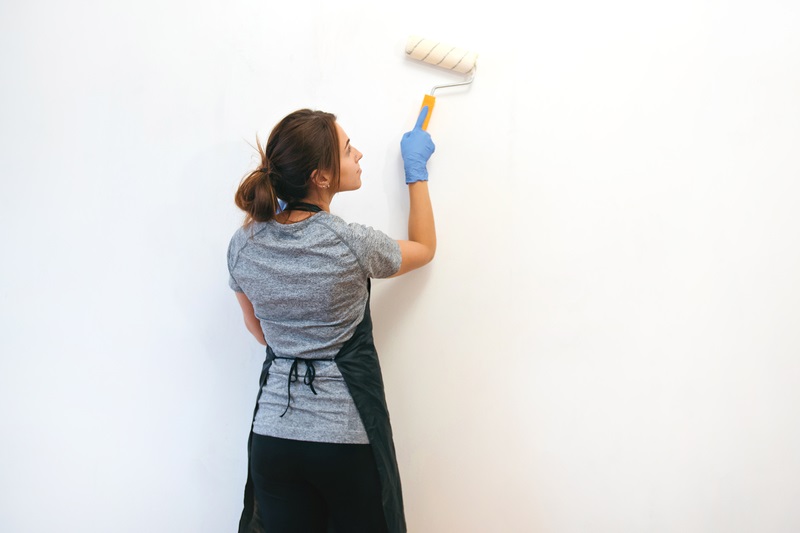
If you find that the mark is not removable, or there’s a scratch hidden under there, then you may need to do a touch up with paint. For a scratch, you will need to sand the area lightly first to smooth the wall before using matching paint to cover up.
If the paint has been on the wall for a while, matching it can prove problematic. Paint can be sun-bleached over time or collect embedded dirt, so the wall colour can end up very different to the original, fresh out of the tin colour.
Unfortunately, if a full wall clean doesn’t help, you may have to do a complete repaint… but this is a drastic measure. You might be able to just place a nice wall clock or painting over the marked area!

In The Wash is your guide to the best laundry and cleaning products, tips and tricks. Our mission is to solve the UK’s cleaning and laundry dilemmas!
